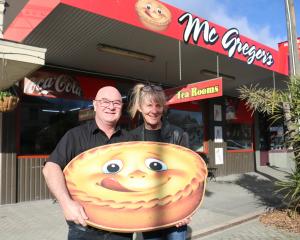Westpac economists have been out on their own in predicting the central bank will cut to 2% when other banks have kept to a forecast of 2.5%.
The OCR is now 2.75% but is expected to fall to 2.5% next month.
Homeowners with mortgages can expect their interest rates to continue to remain low as retail banks continue their quest for customers.
In a separate announcement yesterday, SBS Bank released a special one-year fixed home loan rate of 3.99%.
ASB chief economist Nick Tuffley said yesterday he expected the Reserve Bank to cut the OCR three more times starting at next month's monetary policy statement and again in June and August next year, to bring the OCR to a low of 2%.
''For some time we have had substantially weaker inflation forecasts than the Reserve Bank. The downside risks to inflation have been growing consistently. We have been warning of the growing risk the Reserve Bank will have to cut further in 2016.''
It was important to note low inflation was a global problem, he said.
The Reserve Bank's dilemma was not unique - everywhere central banks had been forced to cut rates to unprecedented levels.
And to be stingy with rate cuts when inflation was barely positive was a risky strategy.
ASB did not think the central bank would tolerate the risk and a 2% cash rate was the most likely outcome.
Compared to the Reserve Bank, the ASB had a different view of the world, in particular with forecasts of inflation.
ASB expected unemployment to rise over the next 12 months, keeping wage inflation and domestic inflation pressures subdued, Mr Tuffley said.
''Most importantly, we do not expect the fall in the New Zealand dollar to be as inflationary as the Reserve Bank expects. We expect some pick-up in inflation but it will be much more limited than the Reserve Bank expects and it will be only transitory.''
A December rate cut was now a done deal, he said.
The central bank had already factored in one further cut.
The ongoing strength in the dollar and the recent weakness in dairy prices were likely to be sufficient to convince the Reserve Bank to watch and wait no longer.
Also, the December MPS was a good opportunity for the Reserve Bank to foreshadow the risk of further cuts next year.
The Reserve Bank was a reluctant cutter of rates which was why the ASB did not expect the 2016 cuts would come for another six months.
''The Reserve Bank will want to watch and wait, to assess the impact of this year's rate cuts. We have a strong view the Reserve Bank will likely be disappointed with what it sees,'' Mr Tuffley said.











